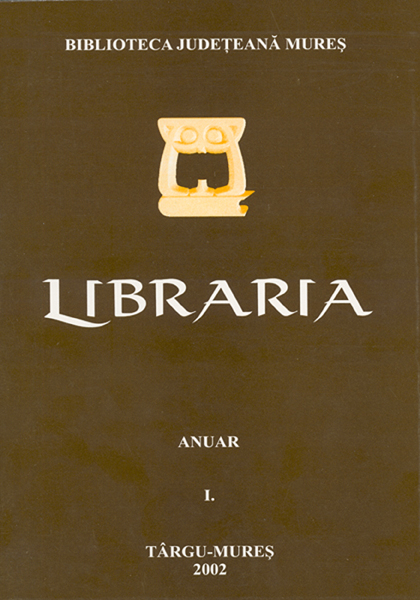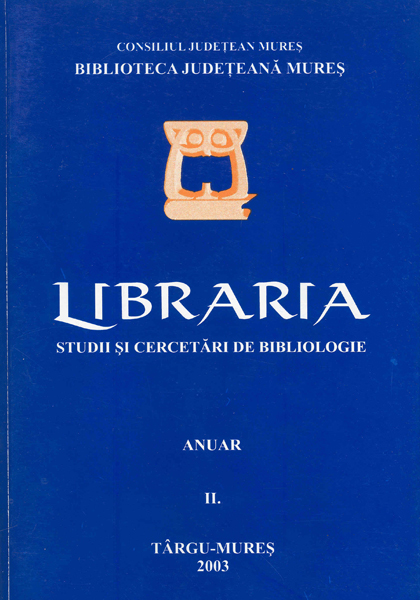
Receptarea Istoriei Imperiului Otoman de Dimitrie Cantemir la maghiari
The author of the study talks at its beginning briefly at the European fame of the scholar D. Cantemir (1673-1723) and of his work, The History of the Ottoman Empire and mentions praises which the former ruler of Moldavia and his work enjoyed in the circle of Hungarian historians and scholars.In the context of the interest shown for the knowledge of the Ottoman history D. Cantemir´s book was bought by important Hungarian men and institutions from the 18th century.Concentrating his research on the analysis of the first work published in Hungarian about the Ottoman Empire, the Osmanography of Samuel Decsi, using the method of comparing the texts, the author reveals that the Hungarian reprezentative of Enlinghtement took numerous information from the work of D. Cantemir which influenced his overall vision of the history of the Turks.
More...
